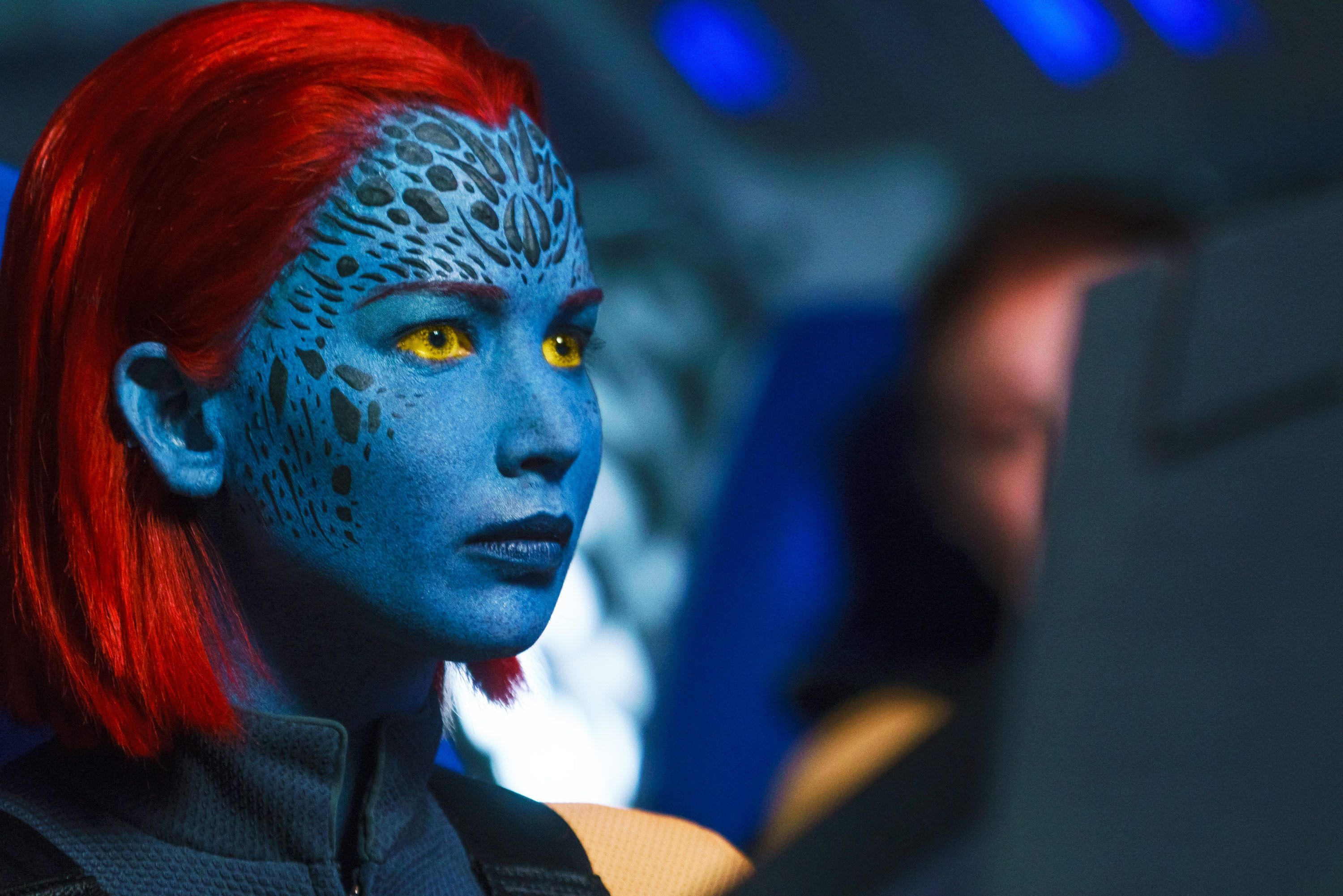
What would you do if you could live your entire life over again with all the memories of your previous life? What if you could do that more than once and come into the world with knowledge and experience equivalent to multiple lives? Movies like “Groundhog Day” and “Edge of Tomorrow” attempted to answer that question in part. Jonathan Hickman tries to answer that question more fully in “House of X #2.”
As someone who has been reading comics for a sizable chunk of his life, I know how rare it is to see a single issue come along that both redefines a character and explores a host of new, exciting concepts. I thought “House of X #1” was one of those once-in-a-decade comics that wasn’t going to be matched for a good long while. I was wrong.
I’m glad I was wrong too because what Hickman accomplishes in “House of X #2” is as remarkable as it is engaging. It doesn’t just give context to the previous events that were revealed in both “House of X #1” and “Powers of X #1.” It completely redefines the entire history of the X-Men.
For a series that includes multiple time travel plots and multiple dystopian timelines, that’s quite an accomplishment. It’s how Hickman and artist Pepe Larraz go about it that makes “House of X #2” so impactful. It begins and ends with how the story rewrites the role of Moira MacTaggart.

It’s not hyperbole to say that this single issue makes Moira the most important character in the history of the X-Men, the mutant race, and their future. For a character who was either a love interest for Charles Xavier or a side-character who often got overshadowed by other mutants, that’s quite an accomplishment.
This is not the same Moira from the “X-Men First Class” movie. This version of Moira is a mutant with a very unique power. It doesn’t involve shooting lasers out of her eyes, reading minds, or shape-shifting. Her power is basically a more complete version of the abilities that Bill Murray and Tom Cruise enjoyed in the aforementioned movies.
In essence, Moira lives her entire life, dies, and is reborn with all her memories and experiences intact. It’s not restricted to a single day. It’s not indefinite, either. Like an old Mario game, she has a limit to the number of lives she can live. What she does with them is up to her. Knowing what happens to mutants, humans, the X-Men, and Charles Xavier informs her choices.

It raises many profound questions about Moira’s role in the history of the X-Men and the Marvel universe in general. It also expands on how Moira came to influence the events of “House of X #1” and “Powers of X #1.”
The story, itself, is built around the multiple lives that Moira has lived. I won’t spoil the details, since this is one of those comics that needs to be read to appreciate the impact. I’ll simply confirm that she tries multiple approaches to averting yet another dystopian future for the X-Men, mutants, and humanity as a whole.
Some of those approaches involve working with Charles Xavier. Others involve actively opposing him. In all the lives leading up to her tenth, there are a few common themes. When two competing species inhabit the same world, there’s bound to be conflict. Efforts to escape or preemptively win that conflict rarely pan out.
Like Phil Connors constantly waking up on Groundhog Day, no matter what he does, Moira keeps hitting a proverbial wall. No matter what she attempts, there doesn’t seem to be a way around this conflict. It’s not until her 10th life that she comes to the realization that leads to “House of X #1.”

It’s hard to overstate how much “House of X #2” changes the overall context of the X-Men comic. Suddenly, Moira MacTaggart is the most influential character in the history of the X-Men, mutants, and everything in between. What she does, why she does it, and how she goes about it changes how we see the past, as well as the present.
The benefits of hindsight make it seem simple, but it isn’t. It also raises a great many questions. If Moira has all this knowledge, why didn’t she use it to achieve more? What made her choose the path that led to the most recent events for the X-Men and the Marvel universe, as a whole? Most of these questions go unanswered, but there are some telling clues that add even more intrigue.
Hickman and Larraz achieve something truly uncanny with “House of X #2.” I know I said the same thing about “House of X #1,” but that comic now has a greater meaning thanks to this one. The stakes for every other X-Men story that unfolds after this has a new meaning as well. Few comics can boast that kind of impact without being written by Jack Kirby, but “House of X #2” is definitely one of them.
Even for those unfamiliar with the convoluted history of the X-Men can appreciate the concepts this comic explores. We see someone who has lived multiple lives, cursed with knowing how things play out for those she cares for. She wants to make that life better for herself and the world as a whole. She’s in a unique position to pursue that change, but it’s fraught with more complications than any “Groundhog Day” rip-off could convey.














